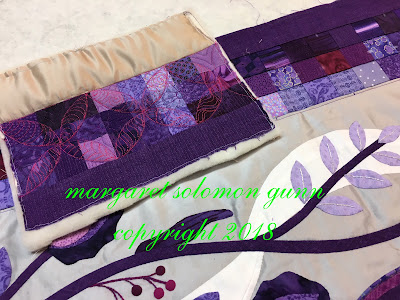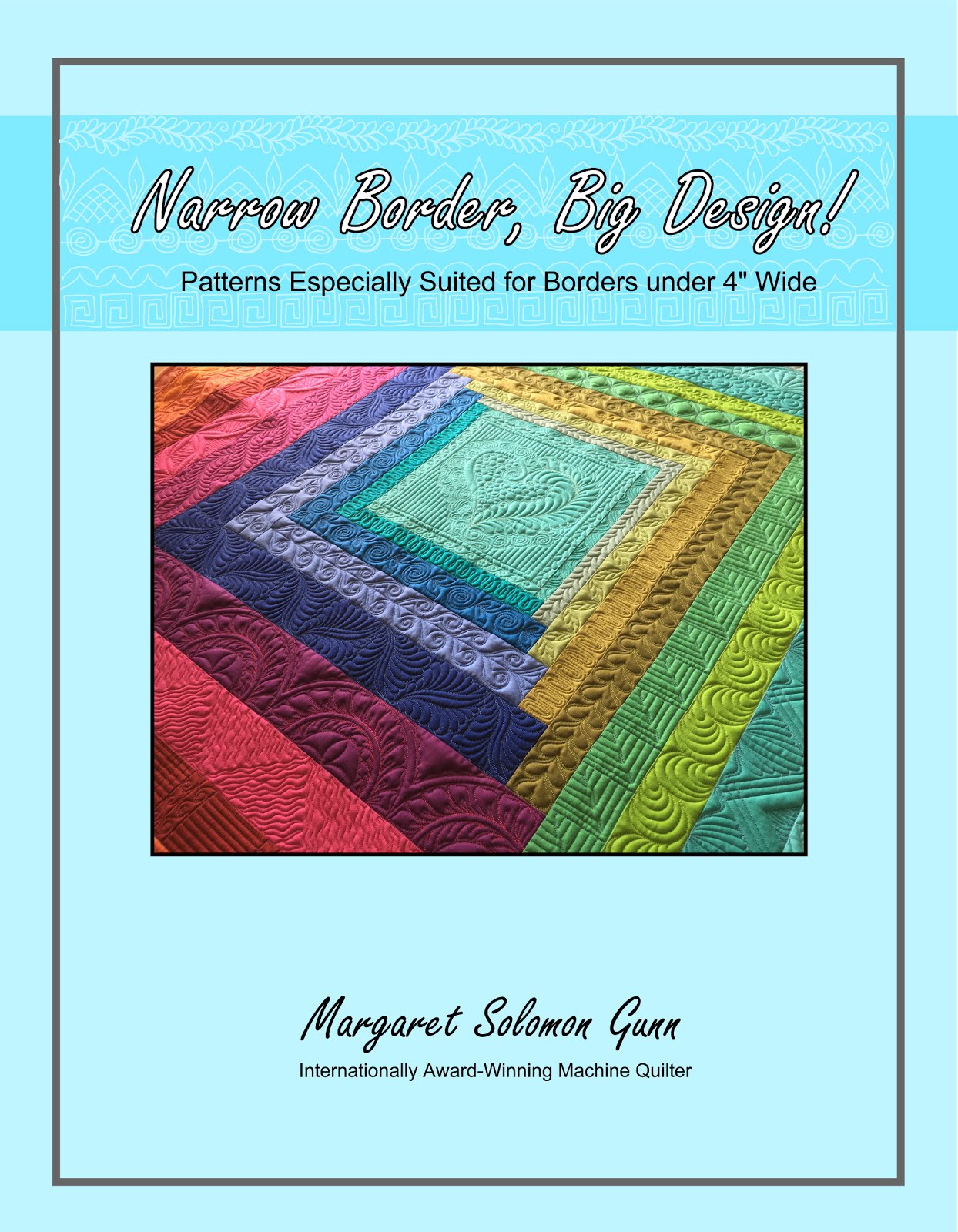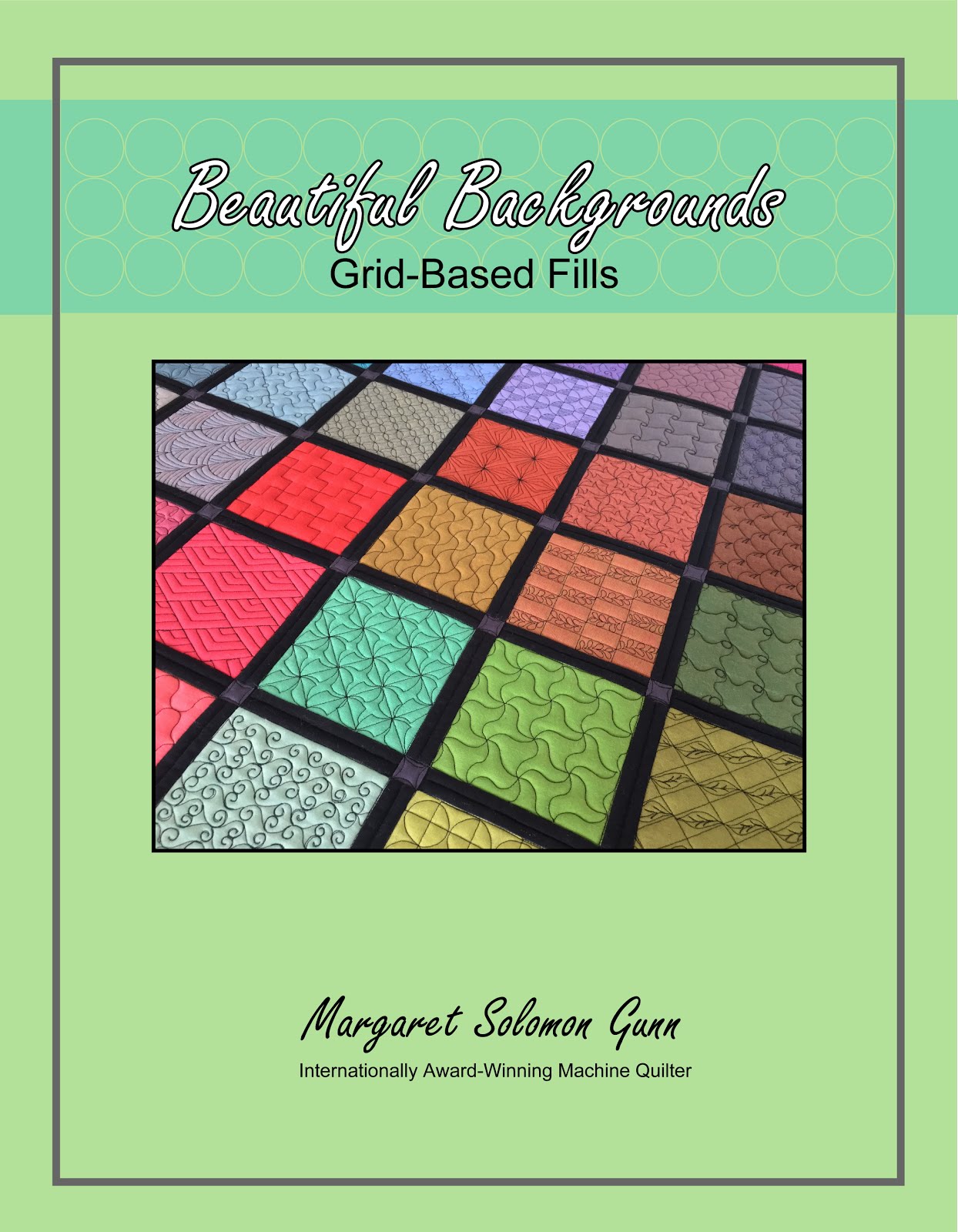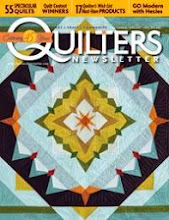I'm sort of a "fly by the seat of my pants" kind of quilter. I won't say I am known for doing extreme levels of experimentation before quilting something new. I usually have a pretty good idea how to go about what I have in mind. Or that my theory!
I was querying a friend yesterday about a batting to use if I wanted to do simple trapunto on a quilt. Naturally, the wise friend finished the conversation with "make a sample" and see if you like it. DOH, I thought. Now that is clearly the most logical thing I could do, but my time frame has me starting the quilting of my Value of Violet tomorrow when the batting arrives. So, who has time for a sample??!
Sometimes, the heat of the moment and just wanting to get going on the quilting makes our brains think stupid, but the sample was a brilliant thing to do. It enabled me to test the method, try out my new scissors bought at MQX specifically for cutaway trapunto. It also lets me see if the thread color I think I want to use is right. Threads, afterall, look different quilted than they do on the cone.
Step one...find my scraps of this outer border so I am working with the real quilt fabrics. This is a small sample, only 8"x 6". It's big enough to know this is a good idea of not though. I don't need to practice cutting away 9 yards of trapunto to "figure it out".
The odd thing is that this little top is layered only with 80/20 batting. Without any backing fabric, it is flimsier than flimsy. It cannot be over tensioned or it will rip.
Though I did check the tension on the machine, I don't care too significantly how it is on the backside because that will never show. There's one benefit of this technique. I marked some orange peels. I know that the quilting is sloppy - there was nowhere to put the clamps and this tiny piece was really shifty on the longarm.The intent of the trapunto is that I want to infuse that fuchsia color onto the purple checkerboard border. It is an accent color on the quilt. The orange peels will be quilted densely in some pattern (you can see, I tested several. I will settle on one for the real thing).
When this is done, it is removed from the longarm, and the fabric around the orange peels is cut away. The new scissors make this very doable. I cut close to the seam, but not extremely close (nobody will notice because the border is very dark. Lighter colors always show when cutting is not close enough).
Backside close up...
Now, the sample is reloaded onto the longarm with regular backing fabric and 2 layers of batting -- 80/20 on the bottom and wool on the top. This is my usual recipe for battings for show quilts. It will give nice loft to non-trapunto areas, There is no reason to trapunto where there is silk because that will show the quilting definition very nicely. Darker, more printed or pieced areas need more help.
Now, just quilt however you want to quilt. I am making some educated guesses on how I might quilt this, but mostly I know it will be densely linear to the outer edge and something, maybe flowers will go in the centers. Nothing is quilted on the silk because that is irrelevant to this test piece. I just needed a fabric above the trapunto border.
As you can see, it has both texture and color, as I wanted. I plan to aim for a more cranberry color and deeper than the color I used. But mostly, I am happy with the test run. So happy, in fact, that the real quilt is now loaded with a full piece of batting to quilt these off tomorrow.
Now I just need to ponder designs that can be quilted into that melon shape.













5 comments:
thank you again for showing your technique. I have most of your books. have you considered doing a book with special techniques and finishing touches.
Would sure like to know more about the new scissors.
Would like to know more about the scissors.
Becky
That is absolutely gorgeous!!
Love the colors. Look forward to seeing the finished quilt.
Post a Comment